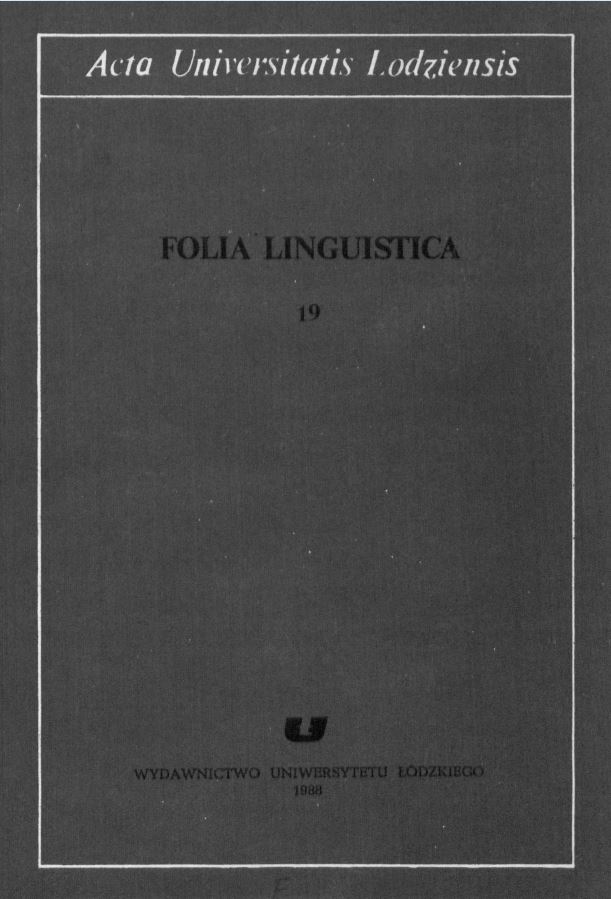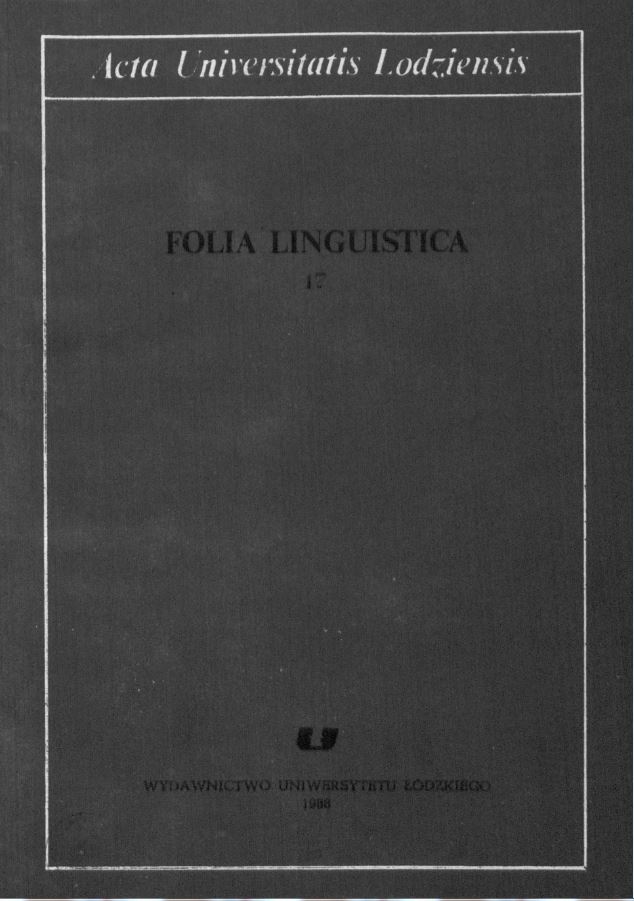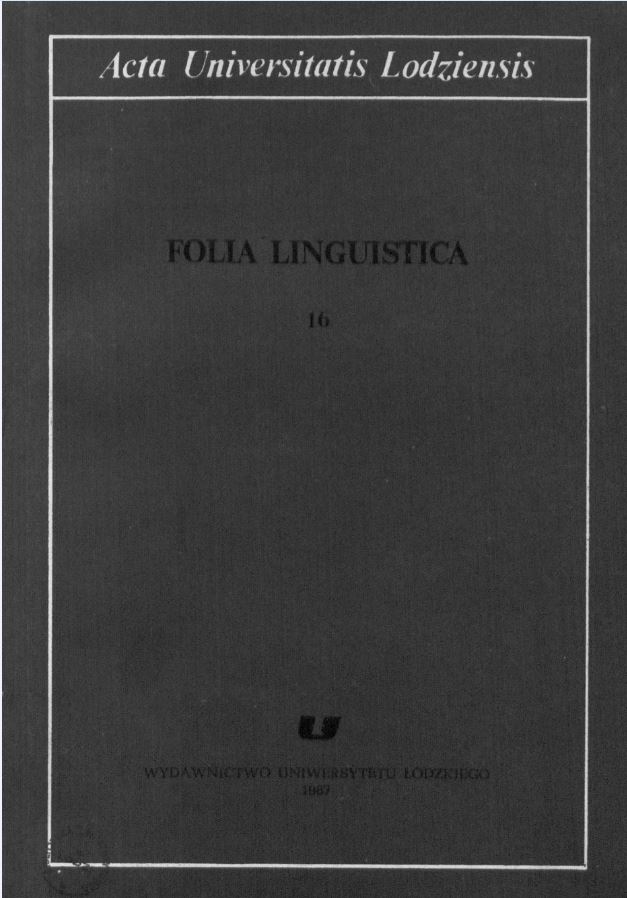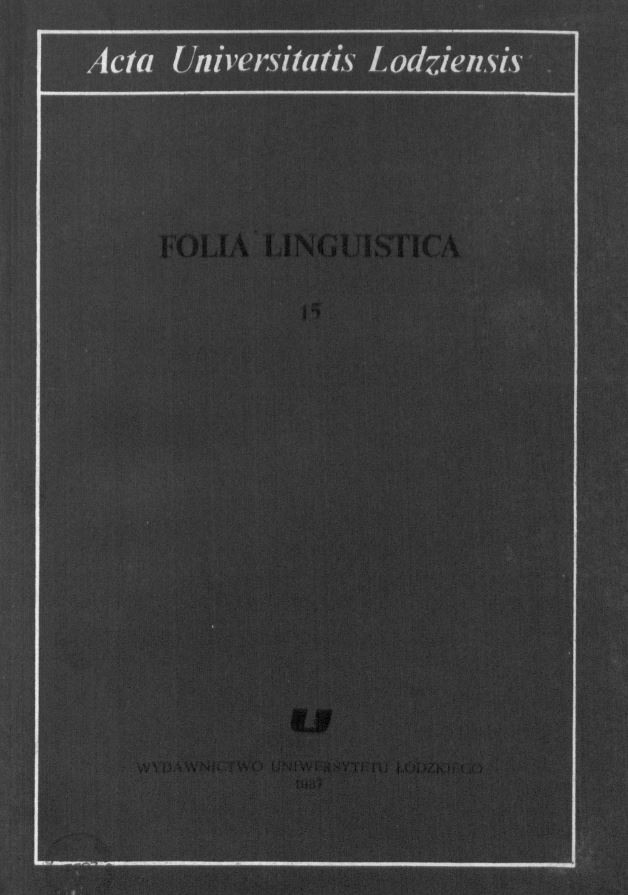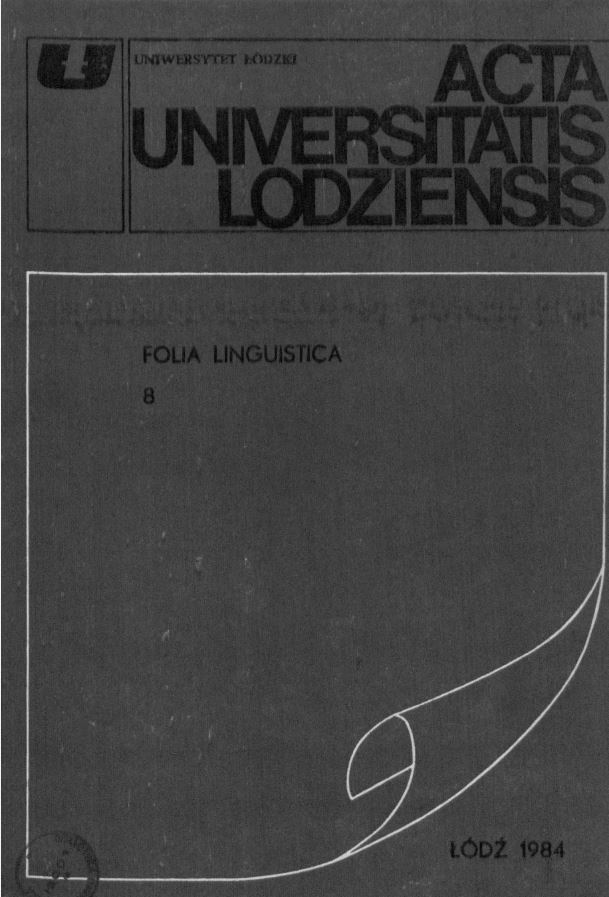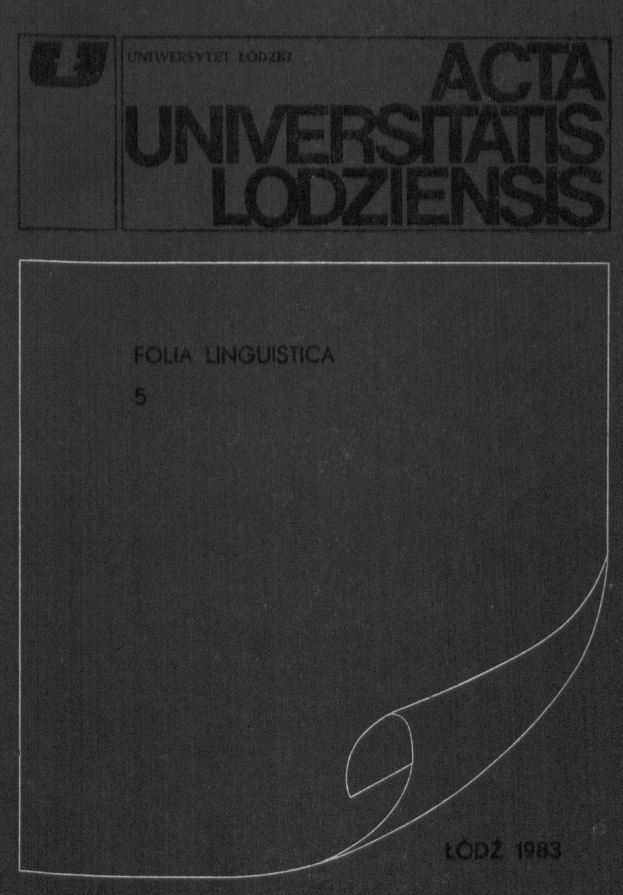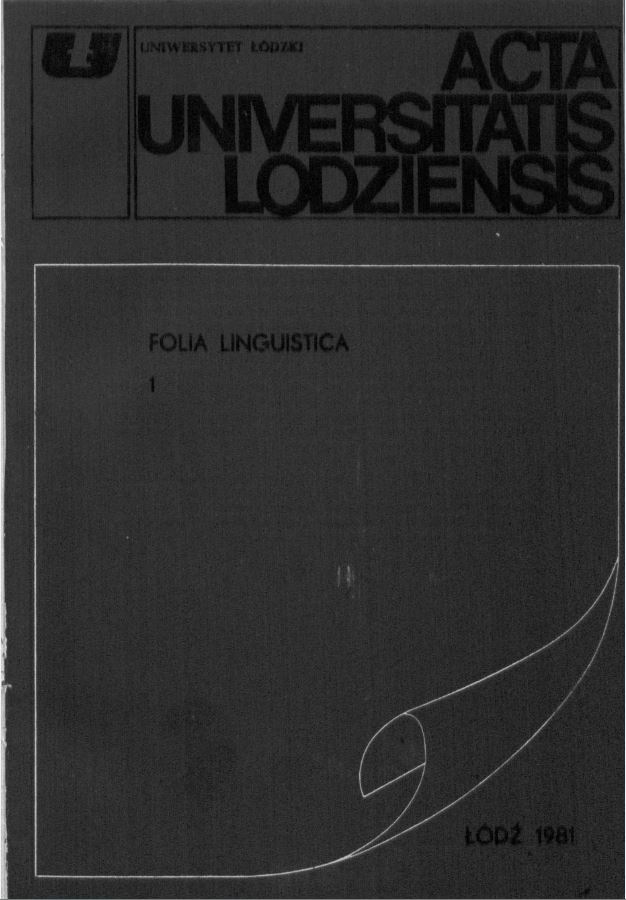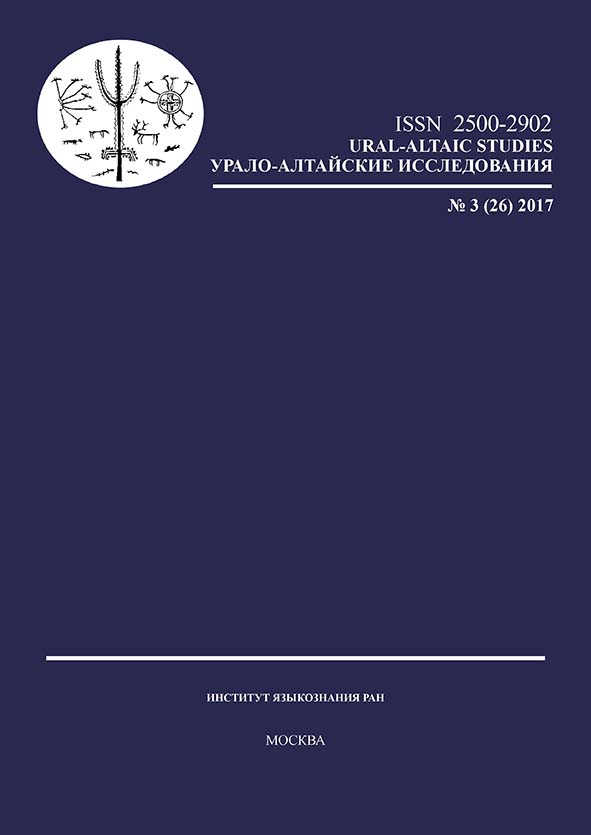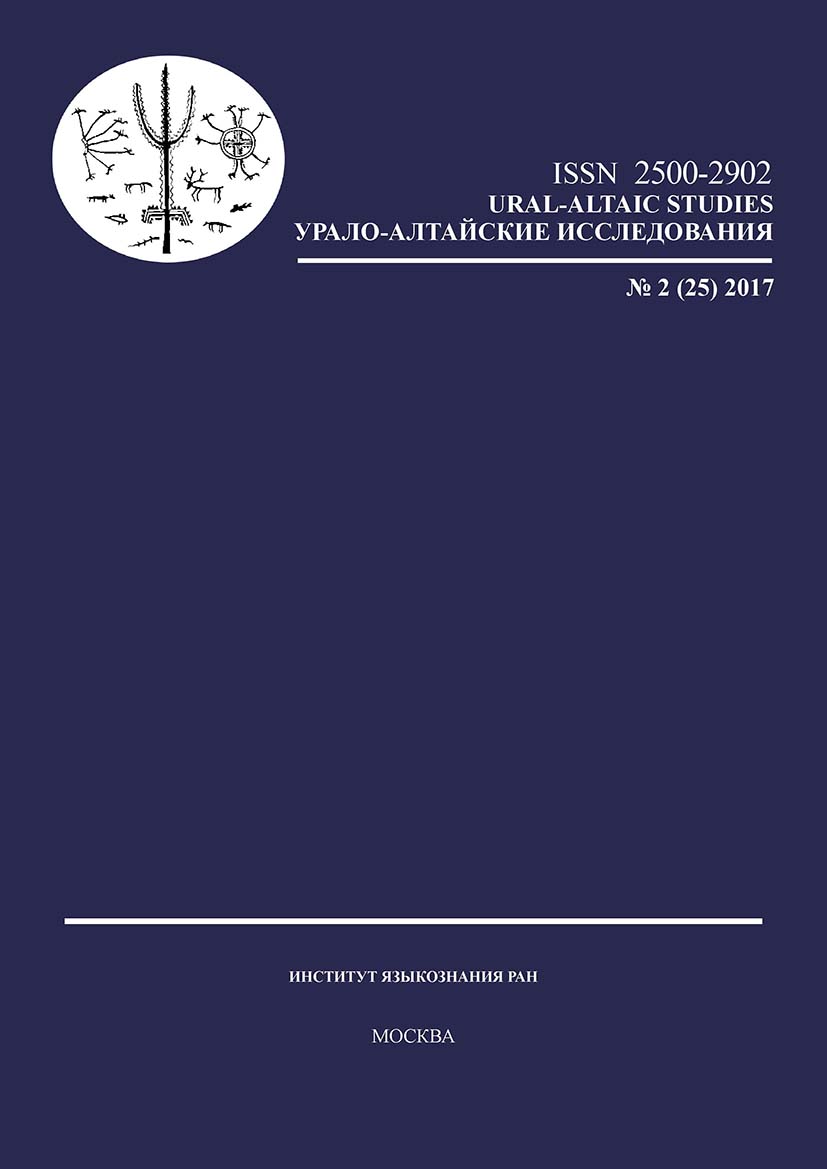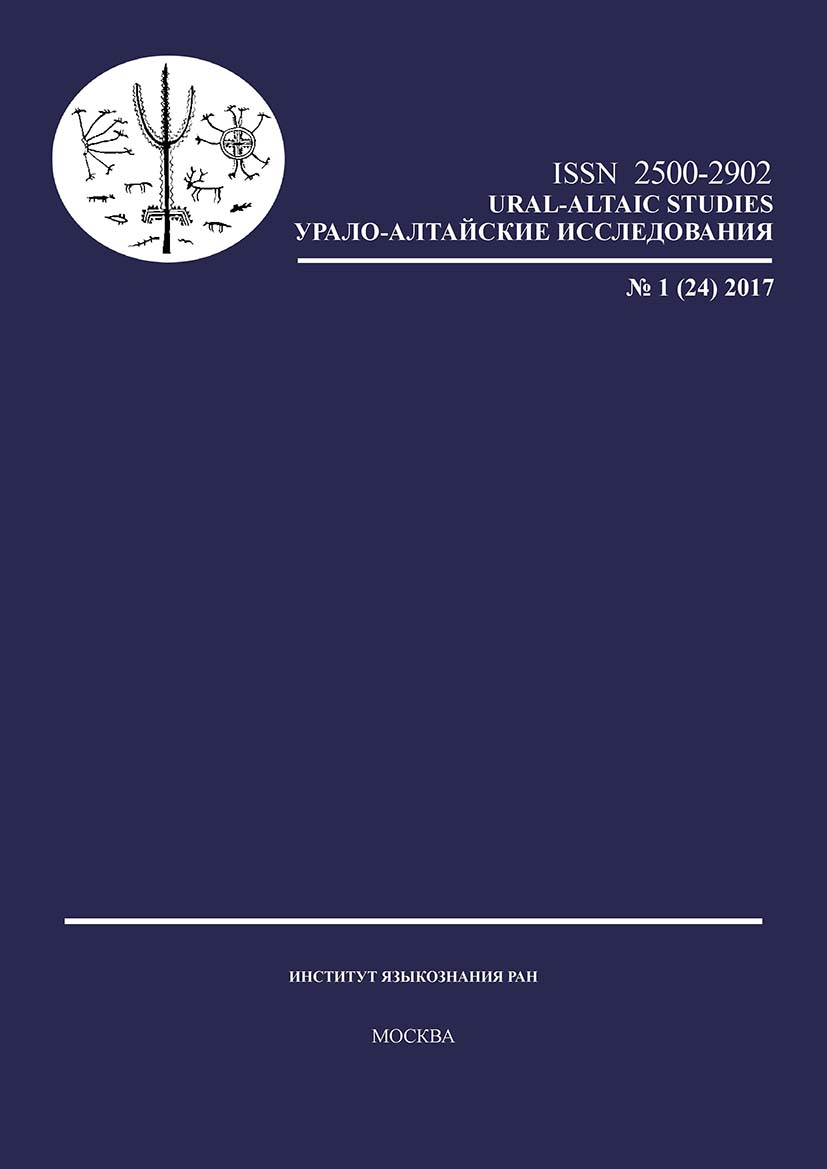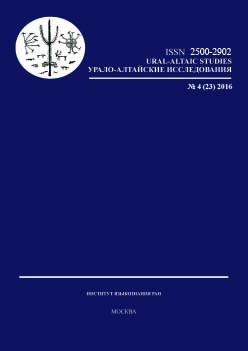Author(s): Anna Vladimirovna Dybo,Juliya Victorovna Normanskaya / Language(s): Russian
Issue: 04 (23)/2016
Through the analysis of the use of vowels and consonants in five Cyrillic books which were published within the framework of the Kyrgyz mission at the end of 19th and beginning of the 20th century, one can suggest that they were written using at least four different spelling systems:
Type I is represented by books [School of Piety 1892, Primer for Kyrgyz People 1892]. In them, only correspondences
to Lit. Kaz. i, ү frequently have special writings. Labial vowel harmony is presented only on the narrow non-initial vowels and reflects in approximately 50% of cases, regardless of the frontness of a word and latitude/narrowness of the root vowel. At the end of the word -б is used quite regularly (about 95% of cases) in concordance with Lit. Kaz. -n, which may be associated with initial focus on the Arabic spelling used by Central Asian Turks; i. e. with the fact that spelling principles were under development while creating these new books.
Type II — [The Baptism of Russia 1892]. Special writings are used not only for Lit. Kaz. i, ү, but for ұ, ө, е, ə as well. Labial vowel harmony in the narrow non-initial vowels is fairly consistently reflected, much more often than in [School of Piety 1892, Primer for Kyrgyz People 1892], but only after narrow labial vowels (y, ÿ) of the first syllable. After extensive labial root vowels vowel harmony is almost never shown. Writing -б in concordance with Lit. Kaz. -n is very rare.
Type III — [Kyrgyz-Russian dictionary 1897]. Contains special writings for all vowels except ы, in about 20% of the cases. These writings show a resemblance to the Tatar-Bashkir reflecting the Turkic vowels, which can be attributed to the influence of neighboring dialects. Writing -б in concordance with Lit. Kaz. -n is not recorded for native vocabulary. Labial vowel harmony looks peculiar: in narrow vowels of non-initial syllables it is consistently shown after narrow labial root vowels and much less consistently after broad labial root vowels; on the broad vowels of non-initial syllables it is shown only in front vowel words after the narrow ÿ. It seems that the grammar [Katarinsky 1906] applies to the same type, but this issue needs further study.
Type IV — [Primer 1908]. Spelling is almost identical to the spoken norm of modern literary Kazakh language according to [Musaev 2008]. This scheme correlates with historical information about the location of the four Mission centers in the Semipalatinsk and Akmola regions:
— Tsentralnyj camp in Semipalatinsk Zarechnaya Slobodka.
— Malovladimirskij camp in the village of Malo-Vladimirskoje, Semipalatinskij district.
— Bukonskij camp in the village of Preobrazhenskij, Ustkamenogorskij district.
— Alexandrovskij camp, in the Alexandrovskij village, Pavlodar district.
On the basis of historical data we know that until 1895 the books were only created in the Semipalatinsk region; so types I and II can be reliably associated with the camps of Semipalatinskij and Ustkamenogorskij districts (and corresponding dialect substratum can be assumed for them). Information that Sultan Bahtigireev from Uralsk participated in the creation of the type III books [Kyrgyz-Russian dictionary 1897; Katarinsky 1906] suggests that the place of the creation of these books were the Akmola region camps, and specifically Alexandrovskij camp in the Pavlodarskij district. Features of vowel harmony in the [Primer 1908], which bring it together with, on one hand, the modern literary language, and on the other hand, with the type III books [Kyrgyz-Russian dictionary1897; Katarinsky 1906] permit us to assume that the place of its creation was also Alexandrovskij camp in the Pavlodarskij district. This is indirectly confirmed by the authors’ observations of the modern dialects of the Kazakh language.
More...

